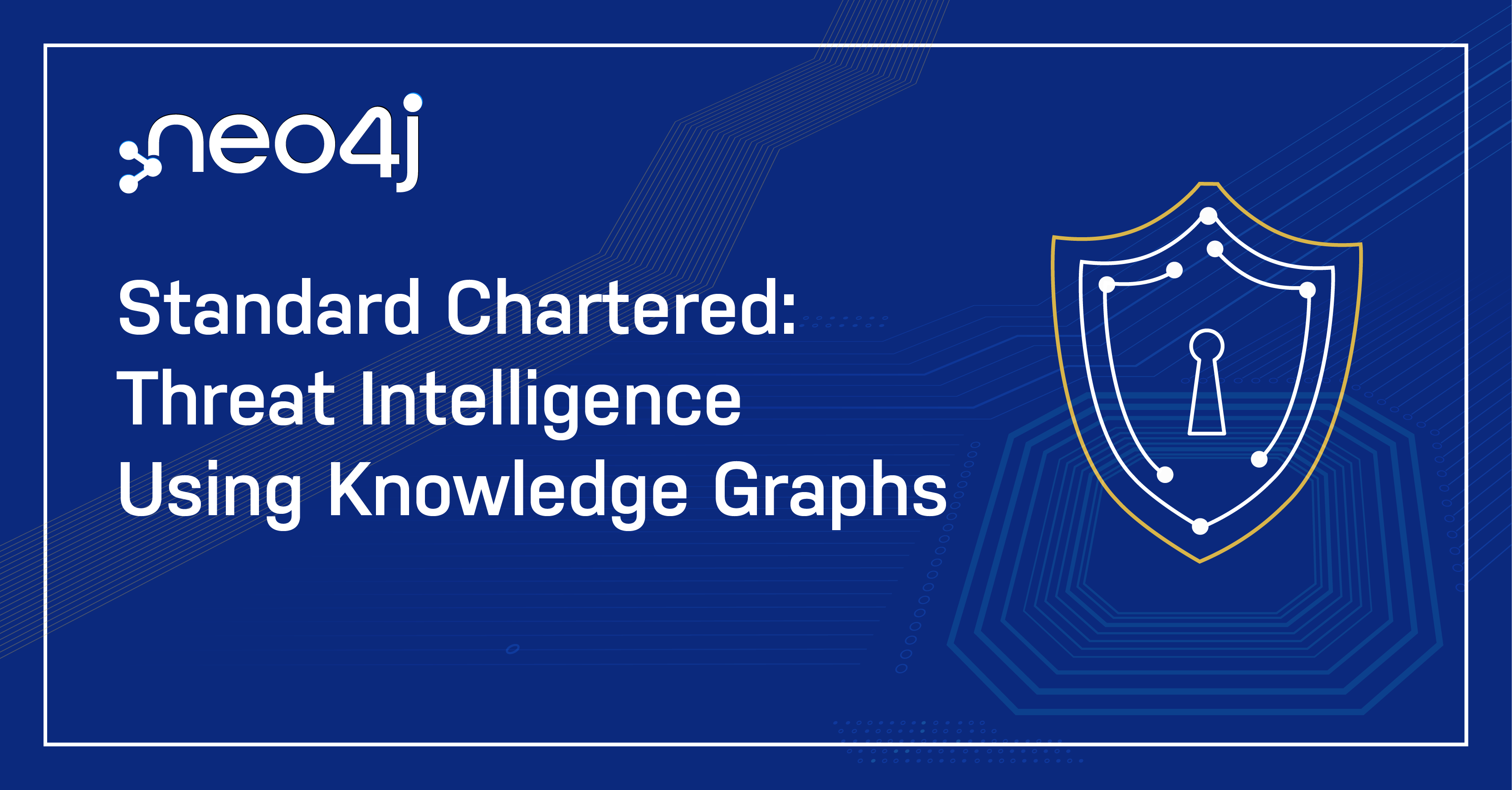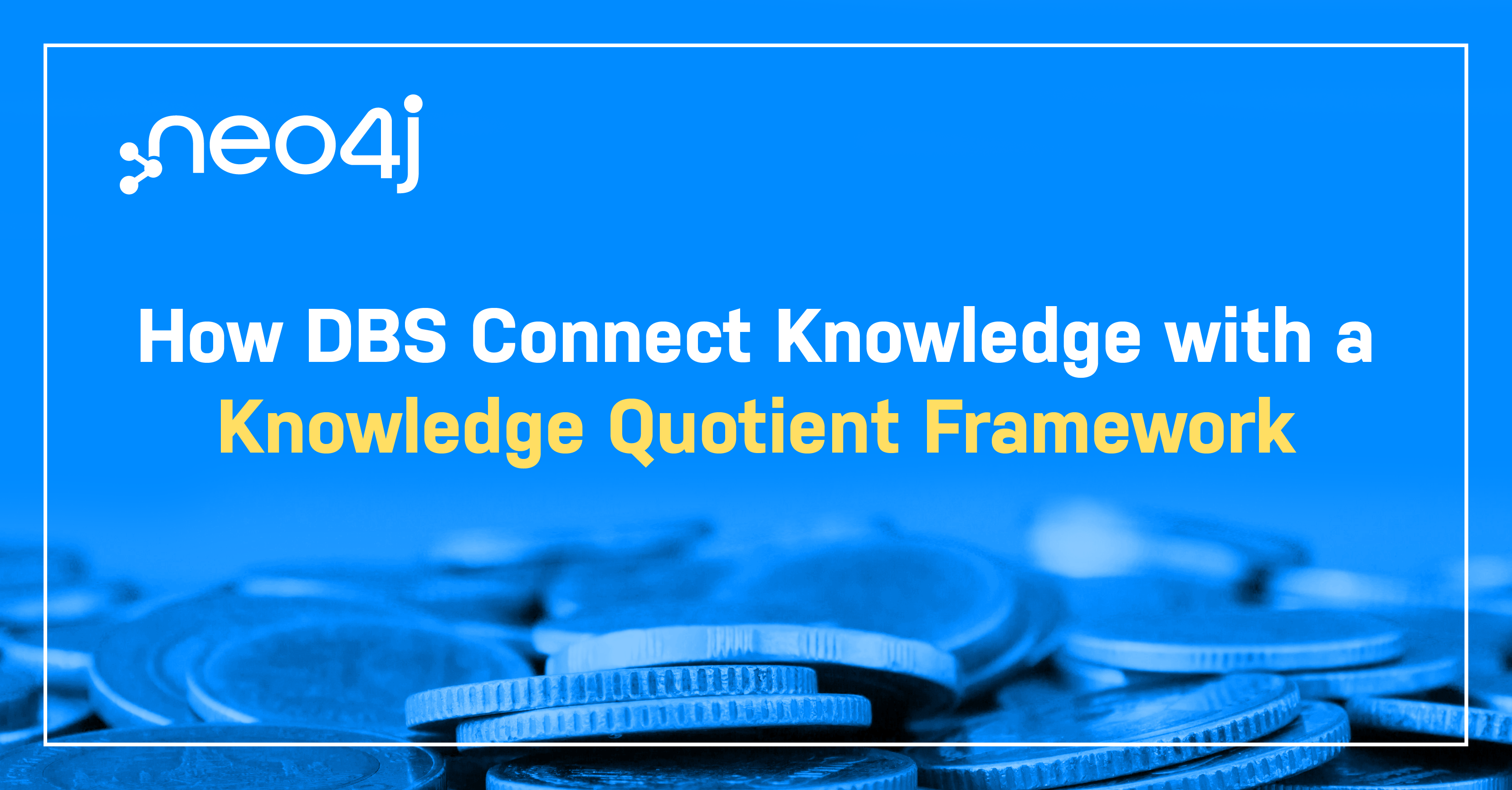Effective Internal Risk Models for FRTB Compliance: Modern Graph Technology Is the Answer

Senior Director of Global Solutions, Neo4j
4 min read

Relational database technology can’t handle what is coming in banking and risk modeling. By the 2020s, Accenture predicts current banking business models will be swept away by a tide of ever-evolving technology and other rapidly occurring changes.
The right foundation for building compliance solutions is graph database technology. Neo4j answers the demands of Fundamental Review of the Trading Book (FRTB) regulations while building a foundation for future investment and risk compliance applications. Neo4j is the world’s leading graph database platform and the ideal solution for tracking investment data lineage.
In this series on the FRTB, we explore what it takes to create effective internal risk models using a graph database like Neo4j. In previous weeks, we explored the requirements of FRTB compliance and the relationship between risk modeling and data lineage. In this final post, we explain why modern graph technology is an effective foundation for compliance applications.
The Aggressive Demands of FRTB Compliance Applications
The complexity of the FRTB models requires a software platform that enables banks to:
- Trace the lineage of risk factors back to their original, authoritative data sources
- Span pricing, position, cash management and other data silos into a unified dataset
- Work with regulators to visualize and modify risk model graph diagrams
- Enable the easy modification of risk models to keep pace with changing market conditions, organizational changes and investment strategies
- Handle mergers, divestitures and reorganizations that affect the historical and future operation and performance of trading desks
These strict demands require a technology platform that understands connected data and that models the interdependence and complexity of data lineage in modern markets and investment instruments.
Traditional Technologies Can’t Handle Lineage and Modeling
Traditional spreadsheet, relational database and data warehousing technologies can’t address the requirements of investment risk modeling because they:
- Cannot handle the complexity and connectedness of modern investment instruments and markets
- Cannot trace multi-tiered data lineage efficiently
- Cannot produce computational results in near real-time across the risk chain
- Cannot help risk managers and regulators visualize, understand and evolve risk models as market and bank conditions change
For all these reasons and more, traditional technologies are simply unfit for creating and maintaining investment risk models and compliance reporting applications.
Modern Graph Technology Is the Answer
The right foundation for building compliance solutions is graph database technology. A native graph database stores, accesses and processes information not in tables, but as directly connected data – which is the precise way that data must be managed to build efficient, reliable risk models.
Compliance applications using native graph technology iterate back and forth through data connections to produce lightning-fast risk assessments.
Such high performance provides the agility that trading desks need to take full advantage of market opportunities while remaining compliant with the ever-changing and dynamic nature of risk regulations.
Neo4j: The World’s Leading Graph Platform
As the world’s leading native graph database platform, Neo4j is the ideal solution for effectively capturing investment data lineage across internal and external applications and data sources. Due to its ability to store this lineage as a graph
of connected data, Neo4j traverses the connections in real time to assess risk factors and compute capital requirements across all positions and trading desks.
Additionally, the Neo4j graph platform has data visualization tools that enable analysts, supervisors and regulators to visualize the lineage of risk factors to create compliance models, and later, to run what-if scenarios to test and improve them.
Trace Risk Data Lineage across Data Silos
The greatest challenge in developing and maintaining investment-risk models is integrating information that resides in many discrete silos across the enterprise. These data silos exist because trading, fund management, accounting, cash management and pricing systems operate and store data independently of each other.
It is impractical and prohibitively expensive to integrate all these investment applications into a single compliance solution. Instead, Neo4j enables an organization to use a federated metadata model to unite investment data silos into a unified dataset.
Build a Foundation for Compliance Applications
Once the federated metadata layer exists in Neo4j, risk supervisors can trace the lineage of risk factors back to their original, authoritative data sources, thereby solving the number one problem in building compliance systems.
But this new, connected data foundation can also support a full spectrum of innovative uses – including credit risk analysis, value-at-risk calculations, fundamental research, market and sector analysis, investment-desk performance studies, return on invested capital analysis, and many more mission-critical systems.
Visualize and Modify Risk Models Easily
Neo4j includes a variety of data visualization tools that enable organizations to build, understand and improve even the most complex investment risk models. By using Neo4j to build risk compliance solutions, organizations:
- Create and evolve models to keep pace with changing market conditions, organizational changes and investment strategies
- Work with regulators to improve and certify risk models
- Handle mergers, divestitures and reorganizations that affect the historical and future operation and performance of trading desks
- Build a foundation for analyzing performance across trading desks, departments, markets, business sectors and investment strategies
Conclusion
While BCBS’s current deadline for achieving FRTB compliance is January 2022, banks are acting now to use FRTB mandates to streamline their internal systems and build a firm foundation for future compliance applications.
By investing in compliance now, organizations answer the demands of Basel and FRTB regulations while building an infrastructure that produces remarkable savings in software development and staffing expenses. By using their compliance foundation to determine optimal reserve ratios on a continual basis, financial institutions of all sizes maximize available capital and drive investment profits.
Find out why leading financial services firms rely on Neo4j graph technology for compliance and innovation, Effective Internal Risk Models Require a New Technolgoy Foundation. Click below to get your free copy.
Catch up with the rest of the FRTB and Neo4j blog series:









